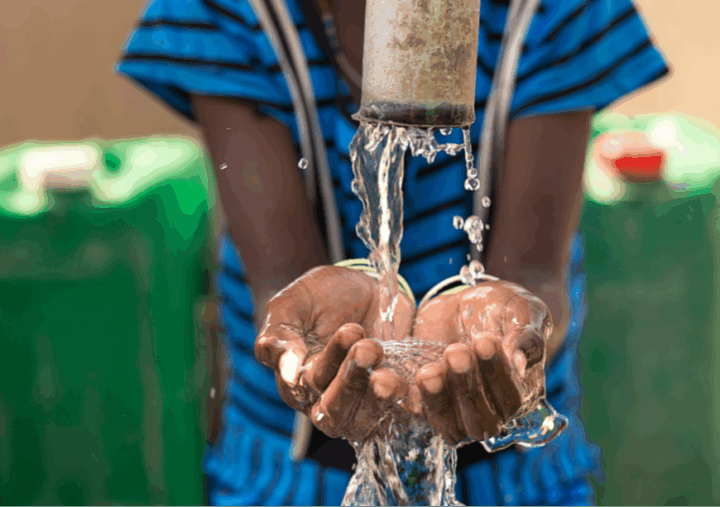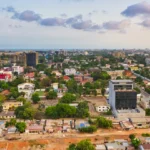Large parts of Africa are battling persistent drought, with new data showing the crisis could deepen in the months ahead. Yet while the challenges are grave—from parched farmland to shrinking water reserves—climate experts say there are steps African nations can take to cushion communities and protect food systems.
A recent report from the Copernicus Global Drought Observatory, part of the European Commission’s Joint Research Centre, confirms that vast swathes of northern, southern, and central-western Africa, along with northern Madagascar, are experiencing severe drought. The main culprit: two or more consecutive years of below-average rainfall coupled with abnormally high temperatures.
Water Levels in Major Rivers Continue to Fall
Even with slight rainfall improvements in some places, water supplies remain critically low. Rivers like the Zambezi are flowing at historically reduced levels, disrupting ecosystems, limiting hydropower, and threatening livelihoods.
According to projections, central, north-east, and north-west Africa are likely to see further drops in river flows in the months ahead. Prolonged heat and dry spells will likely put even more pressure on agriculture and energy production.
Agriculture Under Strain—But Not Without Hope
From the Zambezi Basin to Madagascar and Ethiopia, the drought is squeezing crop yields and increasing food insecurity. Remote sensing data shows vegetation struggling across large areas, especially in Morocco and Algeria.
Recent findings from the JRC MARS Bulletin report yield forecasts down by 25% in Morocco and 6% in western Algeria. In East Africa, Ethiopia’s main growing season is off to a weak start, with Belg rains arriving late and patchy, raising concerns for cereal crops such as maize and wheat.
Yet it’s not all bleak. Some regions of Algeria have shown early signs of recovery following February rains, showing that adaptive responses—from timely interventions to drought-resistant crops—can help turn the tide.
What Can Be Done?
Experts are calling for immediate, coordinated responses. These include better tracking of water stress, investing in early warning systems, and implementing national drought plans that reflect local realities.
“Without smarter water use and strategic planning, we risk compounding losses that could otherwise be prevented,” says a regional climate analyst based in Nairobi. “But if we act now, we can limit the damage and even build resilience in the process.”
As East Africa heads into what’s forecasted to be a drier-than-average long rain season, the need for climate-informed action has never been clearer.










